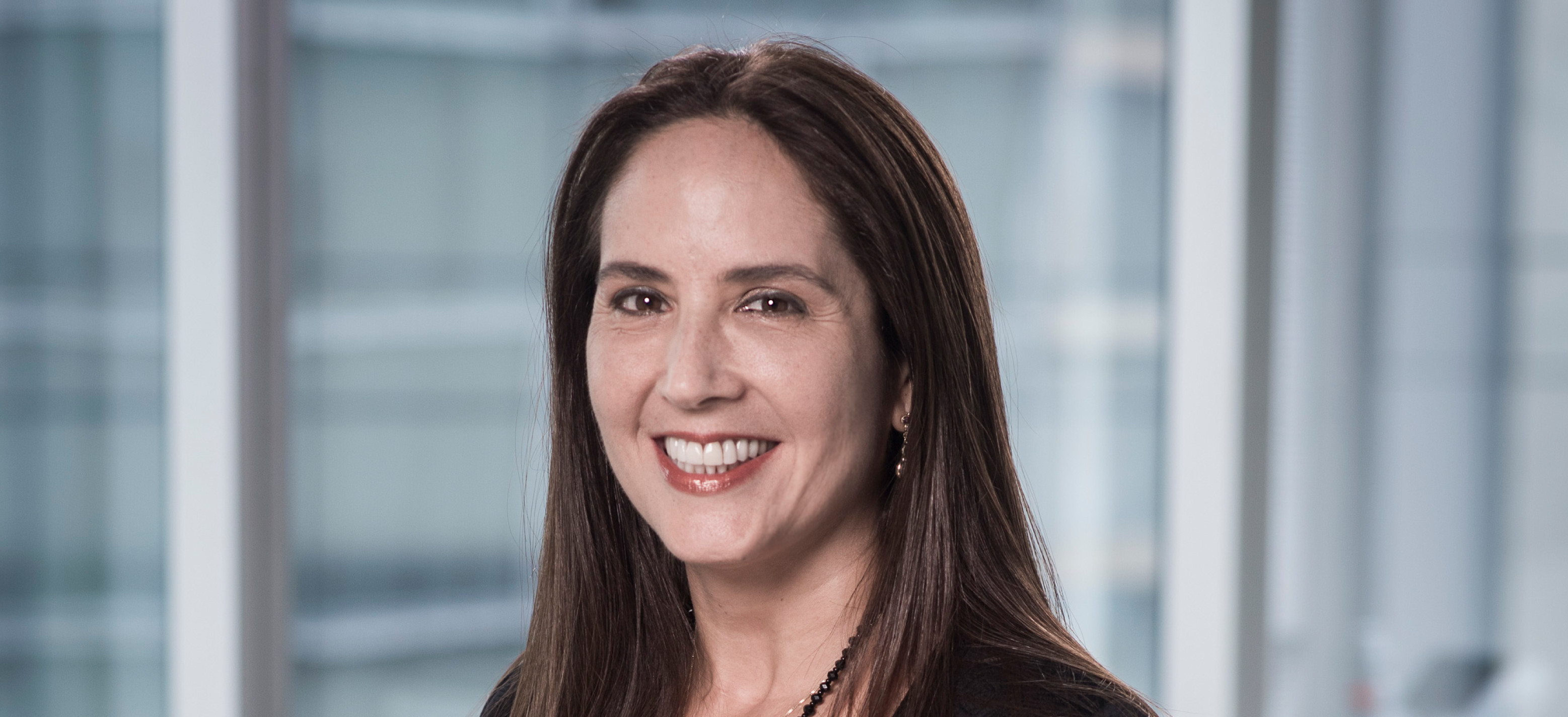Lima, JULY 24 2023Kallpa has 2,202 MW of installed capacity, most of which is renewable generation, according to Rosa María Flores-Araoz

Among those attending PERUMIN 36 is Rosa María Flores-Araoz, CEO of Kallpa, a leading power generation company. She said that at PERUMIN they will present their diversified portfolio of power generation projects and energy solutions designed for mining. They will also participate in a panel discussion segment on the mining energy landscape. “One of the projects with the greatest impact on development is Sunny, and of course we are working on it,” she claimed.
What are Kallpa’s prospects for PERUMIN 36?
Our participation in PERUMIN, one of the most important mining fairs in the world, is a great opportunity to present our value proposition in terms of power supply and innovative, sustainable and customized energy solutions to continue supporting the growth of the mining sector for the benefit of our country’s development.
PERUMIN is also the main forum where representatives of the mining energy sector, authorities, specialists, and academia can discuss and analyze the direction in which our sector is heading, with sustainability, power reliability and system efficiency being some of the key topics we will address at the Mining Summit.
What other relevant information or innovations will you present at the mining event?
Kallpa's participation will be significant, both at the EXTEMIN fair and at the Virtual Mine. We will present Kipi the robot, our flagship social project in Huancavelica. There will also be a presentation by the general manager of Kondu, a company that is part of our group, who will present several energy solutions to respond to the needs of modern mining.
I would like to highlight, and thank PERUMIN 36’s organization committee for, the inclusion of the energy sector agenda in the program of the Mining Summit, in the segment entitled “Clean Energies, Evolution and Global Trends.” This space aims to contribute ideas on the direction that the different actors in the sector should take, based on the experiences of other countries, such as Chile. It will be attended by representatives of leading institutions, including COES, which operates the national electric power system; experts in public management, such as Videnza Instituto; the mining sector, represented by Sociedad Minera Cerro Verde; and the hydrocarbons sector, represented by the Hydrocarbons Committee of the National Society of Mining, Petroleum and Energy. It will be an honor to moderate this distinguished panel, whose reflections and analysis we are confident will contribute to the common goal of expanding our energy mix in an efficient, reliable, and sustainable manner in order to contribute to the achievement of national objectives and benefit key industries such as mining.
What are the expectations for the development of the Sunny solar power project?
Kallpa has a diversified portfolio that includes hydro power plants, efficient natural gas combined cycle power plants, and several non-conventional renewable energy projects at different stages. One of the projects that will have the greatest impact on development is Sunny, located in Arequipa. Sunny will be connected to the San José substation, for which we received the final concession in May. We are definitely working on it.
How important is the mining market to you and how do you plan to grow in this market?
It is the most important market we have. We have always worked to be strategic partners to our clients, especially mining companies. Currently, Kallpa has 2,202 MW of installed capacity, most of which is renewable generation from our hydro power plants, backed up and secured by natural gas coming from our combined cycle power plants. This generation mix provides significant added value to our different mining clients, securing a clean, efficient and reliable energy supply to support their activities.
How do you contribute to the socio-economic development of the communities in your area of influence?
We promote sustainable projects that enable us to contribute to the growth of the communities around us, on the basis of mutual respect and constant dialogue. Through a policy of shared social management involving the State, civil society and the private sector, we have been able to combine efforts and help bridge the gaps identified by the SDGs (Sustainable Development Goals) in education, health, and infrastructure, among others.







